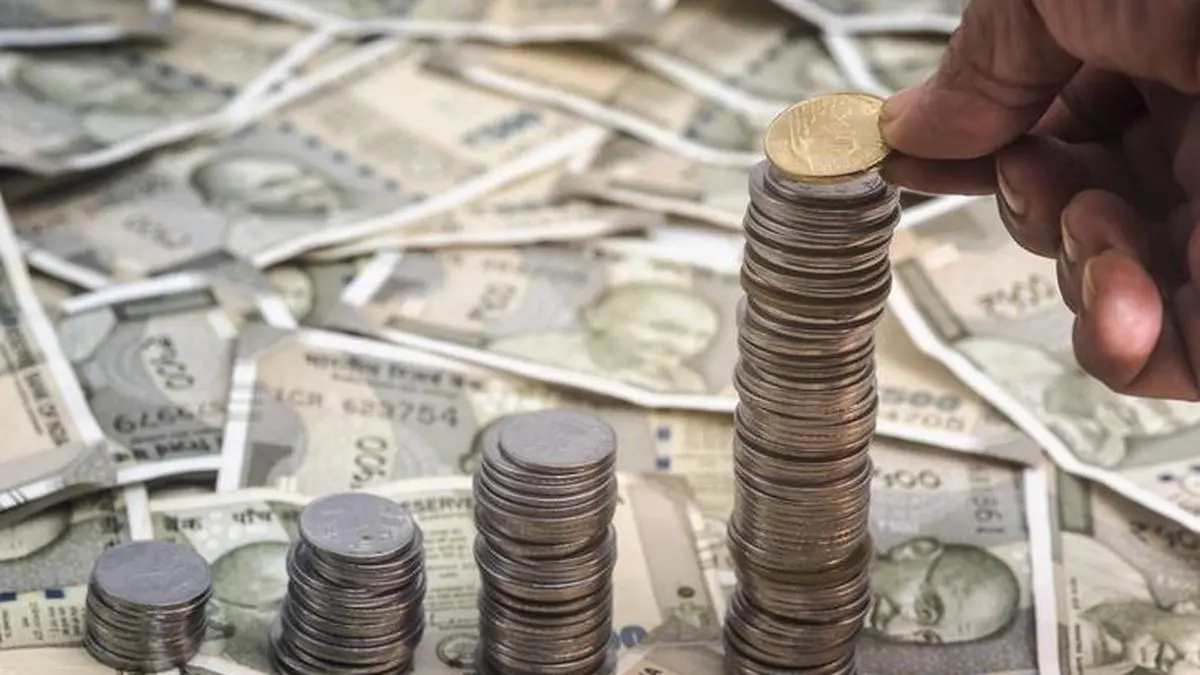The Indian rupee found some support from a softer dollar index, but gains were limited as weak domestic equity sentiment and continued foreign capital outflows kept pressure on the currency. Markets reacted cautiously, balancing global currency moves against local investment trends.
How the dollar helped
The recent weakness in the dollar index provided a tailwind for several emerging-market currencies, including the rupee. When the dollar eases, imported inflation pressure can moderate and local currencies often strengthen as dollar-denominated assets become less expensive.
Why the rupee’s rally was muted
- Subdued equity markets: Softness in domestic stocks weighed on investor confidence. When equities underperform, demand for the local currency from domestic and foreign investors tends to be lower.
- Foreign capital outflows: Continued withdrawals by foreign investors limited any sharp appreciation. Outflows can offset gains from a weaker dollar because they increase selling pressure on the rupee.
Market implications
A muted currency move suggests the market remains sensitive to domestic sentiment and cross-border flows. Traders and companies with foreign exposure may stay cautious, managing hedges and liquidity more actively until clearer trends emerge.
What to watch next
- Global dollar trends: Further weakness in the dollar could give the rupee more room to strengthen, provided other factors remain stable.
- Equity market direction: A sustained rebound in domestic stocks would likely support the rupee by attracting inflows.
- Foreign investment flows: Any reversal in outflows would reduce selling pressure on the currency and enable stronger gains.
In short, while a softer dollar offered relief, domestic market dynamics and capital flows will be the key drivers of the rupee’s near-term path.
